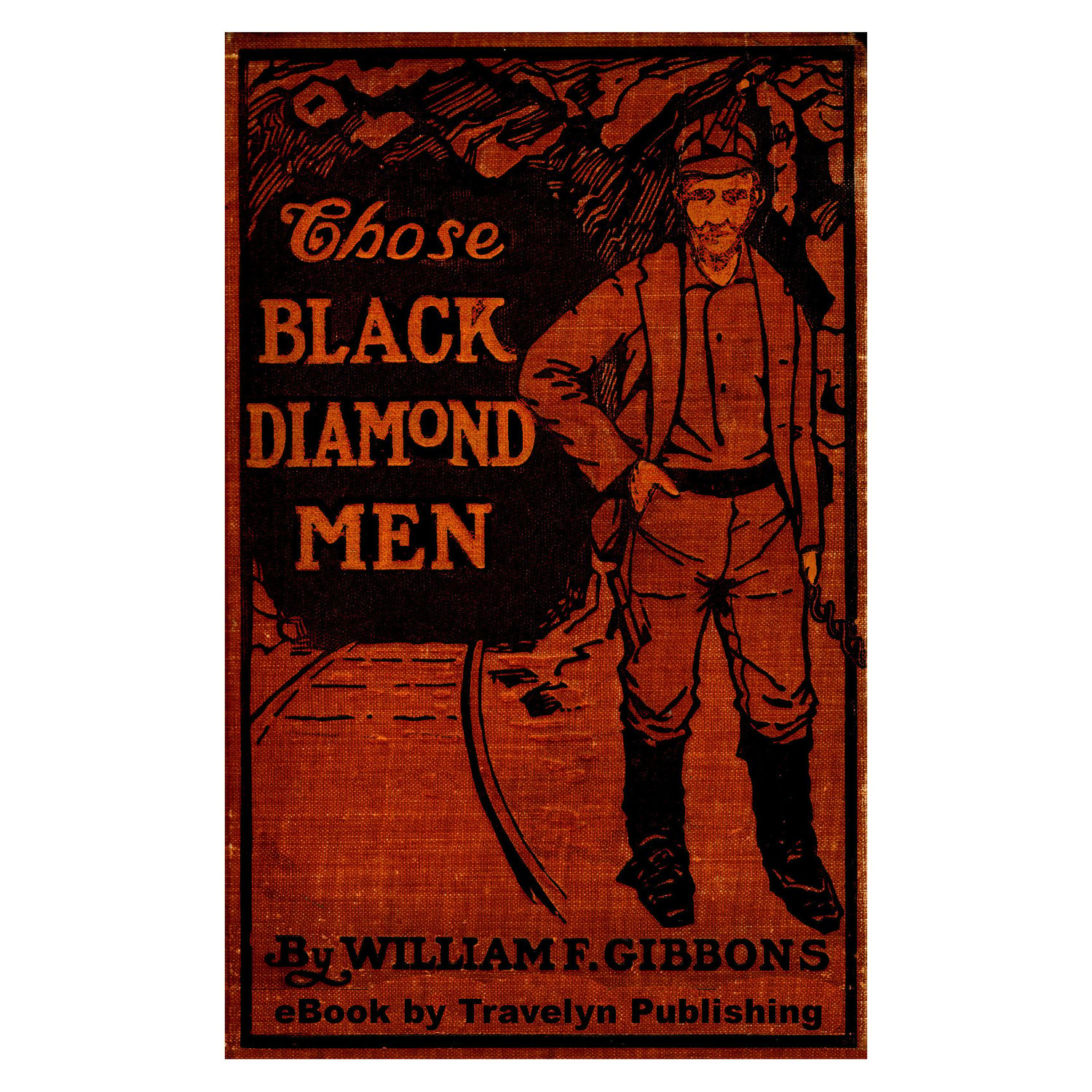
Those Black Diamond Men: A Tale of the Anthrax Valley
Sometimes a writer does such a wonderful job of describing a place and era, that reading his words is like traveling there in a time machine. Each time you look up from your reading, you feel you know the place and the people that lived there as much or more than any real places and people of your own life.
Mr. William Futhey Gibbons, author of Those Black Diamond Men: A Tale of the Anthrax Valley, claims in his foreword that he spent fifteen years among the coal miners of Appalachian Pennsylvania and it shows in every paragraph. While technically a work of fiction, the characters, scenes, and emotions he paints with his words become so crystal clear and eerily vivid in your mind, the events he portrays so poignantly tragic and heroic at the same time, and all of it so utterly human, that his book might better be classified as non-fiction. These scenes must be real, these people must have actually lived, and these events must have happened—no other explanation is acceptable.
The value of old books lies precisely in what you will gain by reading this one. No historian with his tedious listing of facts, dates, and professional analyses could ever convey you by time machine to a 19th-century coal mining town and give you the experience of being there, like Mr. Gibbons does.
Preparing old books for digital publication is a labor of love at Travelyn Publishing. We hold our digital versions of public domain books up against any others with no fear of the comparison. Our conversion work is meticulous, utilizing a process designed to eliminate errors, maximize reader enjoyment, and recreate as much as possible the atmosphere of the original book even as we are adding the navigation and formatting necessary for a good digital book. While remaining faithful to a writer’s original words, and the spellings and usages of his era, we are not above correcting obvious mistakes. If the printer became distracted after placing an ‘a’ at the end of a line and then placed another ‘a’ at the beginning of the next line (they used to do this stuff by hand you know!), what sort of mindless robots would allow that careless error to be preserved for all eternity in the digital version, too? Not us. That’s why we have the audacity to claim that our re-publications are often better than the originals.
